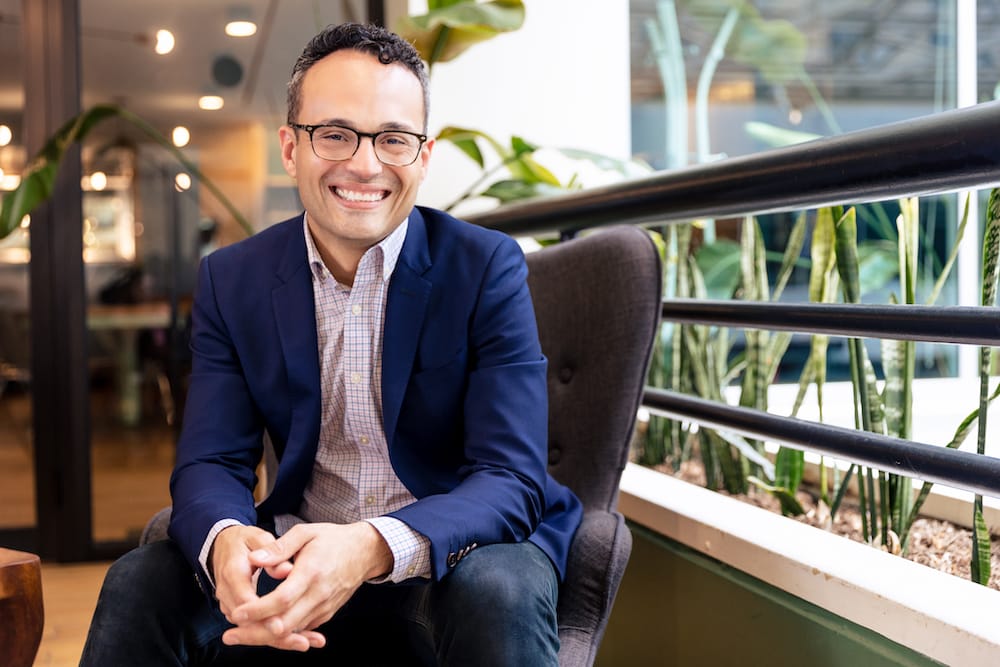About a decade ago, I had the honor of serving on an advisory council for New York University’s School of Medicine — one designed specifically to address topics related to LGBTQ+ health and the more than half of LGBTQ+ individuals who have experienced bias and discrimination when seeking healthcare.
At that time, NYU Langone Medical Center was deeply engaged in an effort to become a transgender center of excellence. Its leadership was recruiting top surgeons, examining its anti-discrimination policies, and zeroing in on how best to serve a community that still too often lives under threat of violence, poverty, and social displacement.
Lending my voice and expertise to this council, particularly as a queer man of Indigenous background, was one of the great honors of my life. That center’s effort was unusually progressive for 2011, and each day vibrated with the opportunity to change the life of someone who might have otherwise slipped through the cracks.
It was around this time I met Lisa, a Black transgender woman, who had visited our clinic with a fever. After a quick interview upon Lisa’s admission, one of my colleagues concluded “the patient had community-acquired pneumonia,” something that, with proper medication, could easily clear up in a matter of weeks.
Case closed?
Not quite. As I made rounds the following day, Lisa told me she had felt rushed and dismissed by the doctor who had admitted her. There was something going on here, I sensed, that merited further, and perhaps softer, investigation.
I decided to take some private time with Lisa, seeking to turn this into a casual chat between two queer people of color. It was through this loose and open and non-judgmental conversation I learned Lisa was a sex worker, and she knew all too well the risks she may have encountered. That was her daily reality — one she hadn’t felt comfortable enough to reveal during admission.
As a queer person myself, I knew the terminology to use as I gradually accessed this sensitive part of Lisa’s life. I knew the palpable fear she must have felt as she’d entered our clinic a day earlier. Moreover, I knew any judgmental behavior on my part could sever that delicate bridge Lisa and I had just constructed. She needed a safe place to share her story.
Because my experience at NYU, and the work of the advisory council on which I served addressed each of these core needs for a safe and inclusive environment, our clinic was able not only to access Lisa’s true and full story — we were able to change the trajectory of her life, and an accurate diagnosis led to an immediate course of treatment.
Building and nurturing this space for patients is one of the great joys of my work and it doesn’t come about by chance — it is consciously cultivated. Here are some ways to create a nurturing and inclusive practice:
Adopt a commitment to whole-person care
Patients are people with richly complicated lives that unfold within specific contexts and environments you can always seek to understand. The safer and more understood your patients feel, the more honestly their lives will open up to you, and the more accurate your diagnoses and treatments can be.
Staff in a manner that reflects the world
It’s not enough to assume your patients will feel comfortable just because of your medical expertise. Even disrespectful or dismissive office staff can keep a visiting patient from feeling at home. Populating your clinic or office with empathetic, inviting, and diverse employees, at every level, can make a world of difference, especially for a patient or visitor who isn’t used to feeling seen.
Prioritize patient and provider safety
My interaction with Lisa was made possible not only because she felt safe to talk with me but because I could also be my full and honest self. Through my mannerisms, and with the help of a private conversation,I could shed some of the pretense of being her caretaker and begin to be seen as a peer. We were both fortunate, in that intimate conversation, to feel genuinely protected.
Set the tone for LGBTQ+ inclusion
By integrating LGBTQ+ literature and pamphlets into your office space, or by including LGBTQ+ content on the televisions in your waiting room, you’re naturally indicating queer stories and queer people aren’t taboo– we’re simply part of the fabric of daily experience, as commonplace in this setting as discussions about diabetes or the weather.
Work to ensure your anti-discrimination policies are comprehensive
Many anti-discrimination policies are still not specifically and explicitly inclusive of sexual orientation, gender identity, or disability status. If your anti-discrimination parameters begin and end at race, age, and gender categories, it’s time to get to work on some revisions.
As for Lisa, I don’t know where she is today, and I don’t know her health status. But there’s something I do know: the capacity for empathy, for connection and understanding, is universal. I know it can shape and change and save lives. It recognizes no state boundary, no religious distinctions, and no politics.
Empathy lies at the core of the very work we’ve set out to do as providers of care. It’s the reason I got into medicine. And I have to believe it can be cultivated, in ways both large and small, wherever any of us works, lives, and loves.

Dr. Ramon Jacobs-Shaw
Dr. Ramon Jacobs-Shaw is Chief Clinical Officer of Belong Health.







